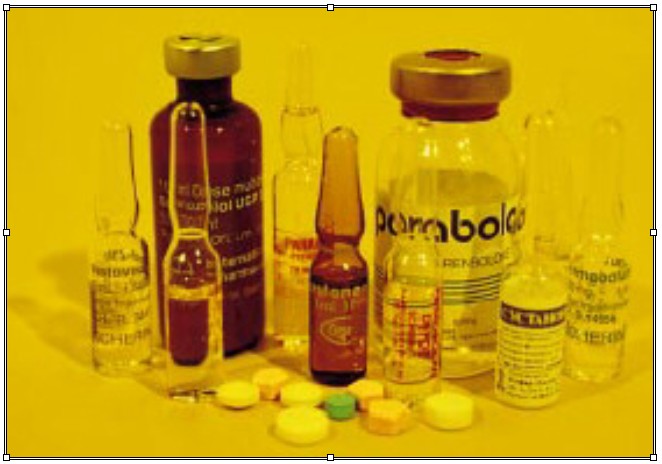Counterfeited steroids a problem since years.
Counterfeited anabolic-androgenic steroids are a problem as long as I can remember. Already in the nineties almost half of all the steroids on the black market pinched. That appeared clearly from an analysis of preparations from the nineties, that was published is in 2000 in the German periodical Sportverletzung Sportschaden.
The investigation had relation on forty compoundss, that all were originating from the black market in Germany. It does not concern samples that where bought and examined in the years 2000 or in 1999. Already in 1997 the same researchers published these results, in another magazine.(2) Because between the publishing of an article in a scientific periodical and the date of publication sometimes a year is well possible, you can assume that these anabolics have been collected early 1996. Experts, that on our request looked at the testresults, think that this study gives a clear image of the situation halfway the nineties. Take by example those Parabolans'', says a consulted anabolic expert. ,, You stumbled about those in 1997 . They were pinched, but you could buy them everywhere . If you ask me: what were 'the' means of the nineties, then I would say: Paynes-deca, Thaibol and pinched-Parabolan
